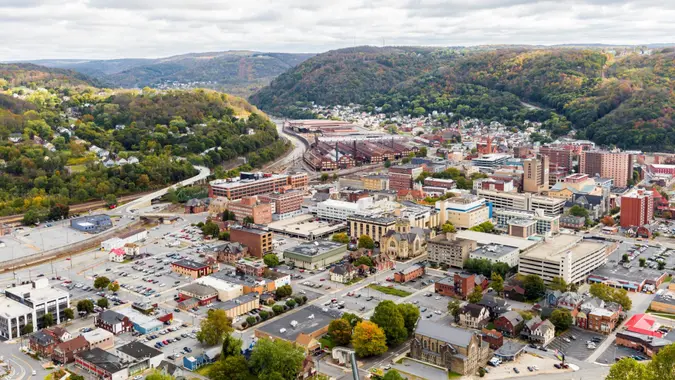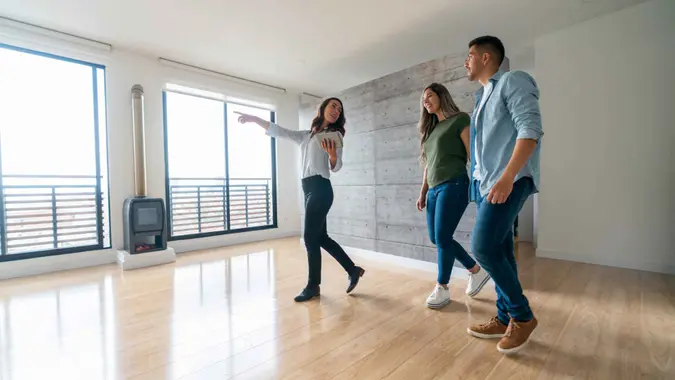Demand For Second Homes Jumped 60% Higher Than Pre-Pandemic Levels In September

Commitment to Our Readers
GOBankingRates' editorial team is committed to bringing you unbiased reviews and information. We use data-driven methodologies to evaluate financial products and services - our reviews and ratings are not influenced by advertisers. You can read more about our editorial guidelines and our products and services review methodology.

20 Years
Helping You Live Richer

Reviewed
by Experts

Trusted by
Millions of Readers
Demand for second homes was 60% higher in September than it was before the coronavirus pandemic hit, according to a new report from Redfin. This represents a slowdown from the record 112% surge recorded in March and a slight acceleration from July’s 40% demand.
See: Millennial Trend of Co-Buying Homes Soars 771% in 7 Years – How It WorksFind: Zillow Finds 2M Renters Can Afford to Buy Homes Thanks to Remote Work During COVID-19 Pandemic
The report, which did an analysis of mortgage-rate lock data from real estate analytics firm Optimal Blue, created a seasonally-adjusted index to adjust for seasonal patterns and allow for simple comparisons of second-home demand during and before the pandemic.
Mortgage-rate locks are agreements between a homebuyer and a lender that allows the homebuyer to lock in a particular interest rate on their mortgage for a certain period of time. The move offers protection against future interest-rate increases, and homebuyers must specify whether or not they are applying to secure a mortgage for a primary or second home and investment property.
Roughly 80% of mortgage-rate locks result in actual home purchases, Redfin says.
The popularity of second homes skyrocketed as the pandemic began, as city dwellers quickly flocked to suburbs and less populated areas in search of second homes and reprieve from urban areas. The surge in demand for second homes started to slow as cities lifted stay-at-home restrictions and the initial shock of the pandemic faded. The overall housing market began to cool along with the fading of the spring homebuying season, says Redfin.
Given these assumptions, the recent uptick in demand for second homes could suggest new people are now entering the market on Delta variant concerns.
See: Most and Least Expensive States for Household BillsFind: Saving for a House: Tips To Build Your Down Payment Fund
Redfin says a new Fannie Mae rule could also have contributed to the slowdown in demand for vacation homes. The government-sponsored agency announced a plan in March to limit the number of loans it gave out for second homes and investment properties, thus tightening the reins on the second-home market overall. Though, almost as soon as it announced the rule, the agency also said it would remove the restrictions in an effort to boost the overall housing supply — likely a reaction to surging inflation and fears that homebuyers would pull back to damaging levels.
More From GOBankingRates
 Written by
Written by 

























